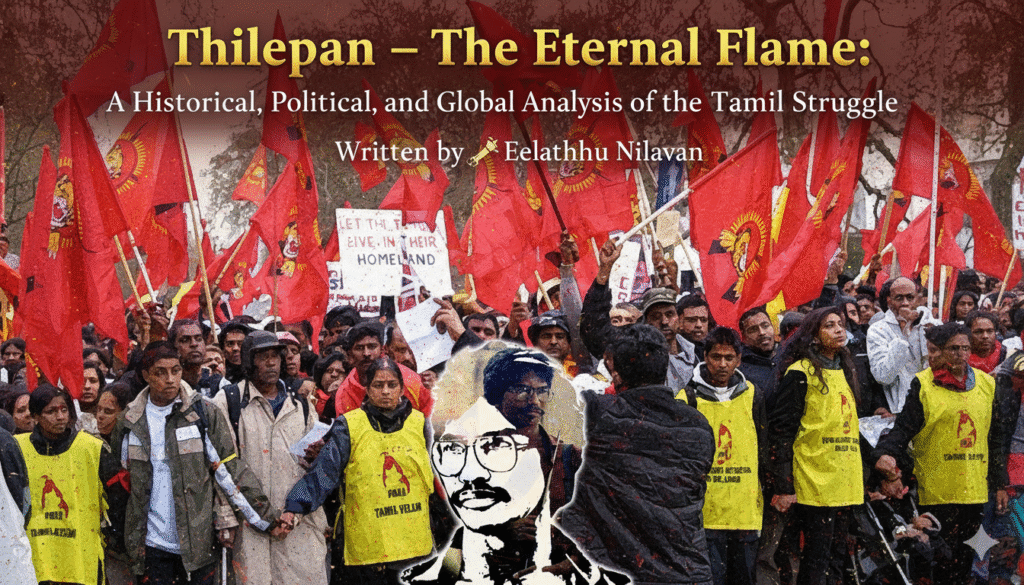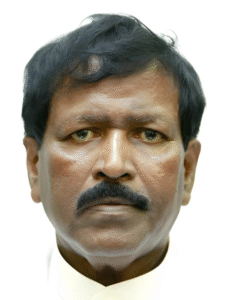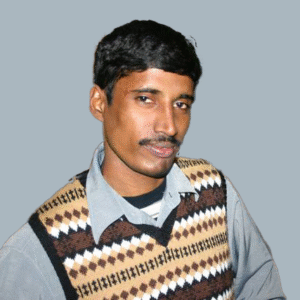✧.Introduction: The Torch of History
The history of a nation is not written only with ink—it is etched with blood, tears, and sacrifice. In the history of the Tamil nation, centuries of invasions, colonial manipulations, and genocidal campaigns have failed to erase its identity because of courage, sacrifice, language, and heritage.
Within this continuum, Thileepan (Thiyaga Theepam) stands as a beacon. He was not a mere individual; he was an idea, a revolution, a torch of an entire people.

✦. Political Background of the Tamil Eelam Struggle
● Sinhala Nationalism: The Sinhala Only Act of 1956 institutionalized second-class citizenship for Tamils.
● Colonial Legacy: The British, instead of creating a balanced constitution, transferred power to the Sinhala majority, leaving Tamils vulnerable.
● Indian Intervention: Under the guise of “regional security,” India sought to suppress the Tamil Eelam liberation struggle. In 1987, the Indian Peace Keeping Force (IPKF) landed in Tamil Eelam.
It was in this political storm that the Liberation Tigers of Tamil Eelam (LTTE) transformed into a national liberation army.
✦. Thileepan’s Sacrifice: Political Struggle or Spiritual Awakening?
On 15 September 1987, Thileepan began his fast unto death. His demands were clear:
➊. Stop Sinhala colonization of Tamil lands.
➋. Protect the rights of the Tamil people.
➌. End India’s double standards.
What made his fast unique was not only its political content but also its spiritual depth. Unlike Gandhi’s hunger strikes, which allowed water, Thileepan refused both food and water.
● Gandhi’s non-violence was a tool of political negotiation.
● Thileepan’s non-violence was the ultimate surrender of life itself for national liberation.
Thus, Thileepan redefined the very meaning of non-violence.
✦. Comparative History
Fasts unto death have taken place across history:
● Ireland (1981) – Bobby Sands and IRA prisoners died on hunger strike against British rule.
● India (20th century) – Gandhi staged fasts as pressure tactics.
● Tibet – Buddhist monks immolated themselves against Chinese occupation.
Yet only Thileepan denied himself food and water, turning his body into a battlefield of history. His act was not personal despair but a collective national sacrifice.
✦.Commemoration: A Weapon of Resistance
After 2009, the Sri Lankan state banned Tamil commemorations. Yet every year, across Eelam and the diaspora, Tamils defy bans and remember Thileepan and the fallen.
This remembrance is not mourning alone; it is:
● A declaration of land and sovereignty
● A collective political protest
● A reaffirmation of cultural identity
Thus, remembrance itself has become a new form of resistance.
✦.International Political Dimensions
● United States: For geopolitical reasons, branded the Tamil struggle as “terrorism.”
● India: Preached itself as the “land of non-violence,” but deployed the IPKF, killing thousands of civilians.
● United Nations: Reduced the genocide to a “domestic issue,” avoiding international accountability.
But Thileepan’s death tore apart India’s false mask of non-violence. The world watched a young man starve to death for freedom while “the world’s largest democracy” remained complicit.
✦. Thileepan: The Key to Liberation
Today, Thileepan is no longer an individual—he is a philosophy, a revolutionary idea, and a permanent symbol.
● His sacrifice proves no national liberation can be destroyed by force.
● His memory demonstrates that cultural identity survives through collective remembrance.
● His death reveals that sacrifice is the engine that turns history.
✦. Conclusion
Decades have passed since Thileepan’s death, yet Tamils across the world still dedicate twelve days each year to honor him. This phenomenon is unparalleled in global history.
His death was not an end, but a new beginning for Tamil liberation.
“A man may die, but his sacrifice keeps history alive.”
Thileepan lit the dawn of Tamil Eelam with his burning body. His final message was not a speech, but a single word, eternal and uncompromising:
“Tamil Eelam.”
Written by: Eelaththu Nilavan
Tamil National Historian | Global Political, Economic & Military Analyst
26/09/2025


